Home »
Misc »
How to be a better guard in basketball
How to be a better guard in basketball
Be the Best Point Guard You Can Be
Be the Best Point Guard You Can Be
Elite point guards in basketball are known for their skill, athleticism, and talent handling the ball. They are also responsible for controlling the floor, play calling, finding their teammates, and giving assists.
Being a point guard is a huge responsibility, but it can be very rewarding. If you want to become the best point guard you can be, these basketball tips can bring you success.
1. Practice your ball handling
You have to read the other team’s defense, avoid traps, and get to your half-court before the eight-second limit. The key, therefore, is to practice your dribbling skills. You need to be able to dribble effectively with both hands without even looking at the ball. A low dribble is better since it can prevent taller opponents from reaching in and stealing the ball.![]() However, a high dribble is also needed during fast breaks. You need to be aware of your opponents’ positions on the floor. For instance, if your guard is bringing you to your left, there is a huge chance that he and another teammate are luring you into a corner trap. Thus, as you dribble you need to keep your head up and always be aware of the opponent’s defense. One tip is don’t pick up the ball if there is no clear pass or shot. Picking the ball up prematurely always leads to turnovers or bad plays.
However, a high dribble is also needed during fast breaks. You need to be aware of your opponents’ positions on the floor. For instance, if your guard is bringing you to your left, there is a huge chance that he and another teammate are luring you into a corner trap. Thus, as you dribble you need to keep your head up and always be aware of the opponent’s defense. One tip is don’t pick up the ball if there is no clear pass or shot. Picking the ball up prematurely always leads to turnovers or bad plays.
2. Strengthen your mental tenacity
the point guard is the most pressured player on the court. He is entrusted with handling the ball and calling the plays, and is still expected to make defensive stops. If you are easily distracted or have the tendency to panic when in a tight situation, you need to improve your mental toughness. This is possible by learning to be patient with everything you do. This will help develop your mental character that will come out naturally when in tight situations in a game.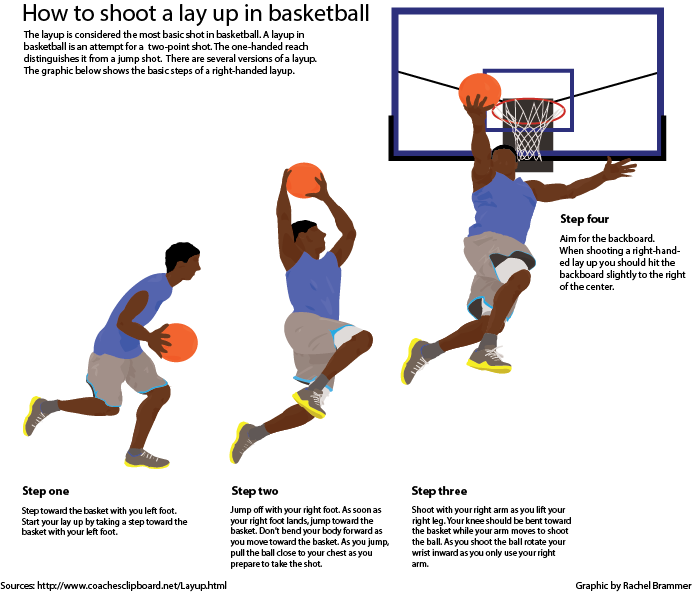
3. Know your teammates’ game
Your teammates rely on you when you call a play. There are times when the play cannot be set up because of the opposing team’s defense. In such situations, you need to know your teammates’ game so that you can improvise a play and make that critical pass.
4. Avoid being a showoff
Being that the ball is almost always in their hand, point guards have the tendency to be showoffs, by overdribbling, doing exhibition dribbles, or making fancy passes. These may be spectacular and wow the crowd, but don’t necessarily help win the game.
5. Listen to your basketball
Finally, you need to develop the ability to pay attention to your coach. The coach is your team’s assigned leader and think-tank. They see the floor better since they aren’t distracted by the physicality of the game. Follow the plays they designed, and you and your team will have a big chance of winning. Your coach may be forced to bench you if you fail to listen and follow instructions.
Your coach may be forced to bench you if you fail to listen and follow instructions.
Again, the point guard is a tough position to handle, but if you commit to these five simple steps, you can be the best point guard you can be. Also, if you commit to private coaching you will improve much faster as a point guard.
CoachUp is the safest and easiest way to find a coach for personalized training. With our 100% money-back guarantee and vetted coaches, anyone can achieve their full athletic potential. Find your perfect coach today and become the athlete you want to be!
How useful was this post?
Click on a star to rate it!
Average rating 4.2 / 5. Vote count: 53
No votes so far! Be the first to rate this post.
USA Basketball - 7 Ways to Make a Better Point Guard
Point guard is perhaps the most demanding position in basketball. A good point guard is expected to have exceptional ball-handling skills, be a scoring threat, orchestrate the offense, make assists, and play good defense against the opposing point guard. Since your point guard will touch the ball far more often than other team members, it is essential that he makes good decisions about what to do with it. Without strong point guard play, your team is going nowhere.
Since your point guard will touch the ball far more often than other team members, it is essential that he makes good decisions about what to do with it. Without strong point guard play, your team is going nowhere.
In fact, the point guard is often described as your representative on the court. The point guard has to have a great understanding of your wishes and has to be able to translate those wishes into realities on the court. Controlling the pace of the game, having the presence of mind to wait until players are in proper position before initiating plays, recognizing who has the hot hand, and effectively communicating your strategic directions to the team in the heat of the game all fall to the point guard.
Since your point guard has so many critical responsibilities, he constantly faces strong defensive efforts to reduce his effectiveness. If the opposition can disrupt your point guard and shake his confidence, they can drastically reduce your team's offensive productivity and get easy baskets off of turnovers. Since you know for sure that your point guards will be facing constant pressure, it is your responsibility to prepare them for it.
Since you know for sure that your point guards will be facing constant pressure, it is your responsibility to prepare them for it.
Here are seven great basketball drills for developing point guards who can withstand and overcome this kind of defensive pressure to effectively lead the team in the direction that you want it to go.
Two-pass, Three-second Limit Three-on-two
This basketball drill is good for your entire team, but you can certainly use it specifically to hone the decision-making and reading-the-court skills of your point guards. The offense has to generate a good shot within two passes and three seconds. Have three offensive players (all point guards if you wish) at the half-court line and two defenders stacked in the key.
Initially, the middle offensive player will have the ball and will dribble toward the key. The defender on top will cover him. The wing players should run wide and cut to the hoop at 45 degrees once they near the top of the key extended. The bottom defender will cover the first pass. The defender who stops the middle point should rotate down to stop the pass to the opposite wing cutter. If the defense has played the odds to prevent a lay-in, then the middle point man should be open at the free throw area for a jumper. That would be the second pass. If no open shot has been generated by then, the offense has failed and the "fast break" is over.
The bottom defender will cover the first pass. The defender who stops the middle point should rotate down to stop the pass to the opposite wing cutter. If the defense has played the odds to prevent a lay-in, then the middle point man should be open at the free throw area for a jumper. That would be the second pass. If no open shot has been generated by then, the offense has failed and the "fast break" is over.
You can use this drill to develop reading-the-court abilities, too. For instance, if your middle player cuts to the hoop after passing instead of remaining at the free-throw area, then the offside wing should cut to the free-throw area. Otherwise, the spacing is distorted and one defender could shut down two players, destroying the three-on-two advantage.
Another way to instill reading-the-court abilities is to start the ball on one of the wings. The wing is free to dribble to the hoop from the wing or to dribble to the middle position, and the other offensive players need to establish logical positions accordingly. For instance, if the wing player does dribble to the middle, then the middle player should "banana cut" behind him into the vacated wing lane. The idea is to quickly establish three good options that will always result in a good shot within two passes and three seconds.
For instance, if the wing player does dribble to the middle, then the middle player should "banana cut" behind him into the vacated wing lane. The idea is to quickly establish three good options that will always result in a good shot within two passes and three seconds.
Two-on-Three
This basketball drill will challenge your point guards to operate under intense defensive pressure. The idea is to keep from getting trapped, and, if trapped, to pass out of the trap effectively.
Have three defenders on the baseline under the basket and two offensive players at the wings outside of the three-point line. A coach above the top of the key throws a ball to one or the other of the offensive players, who must immediately dribble inside the three-point line, which then becomes the out-of-bounds line. The defense attempts to trap him (he can dribble indefinitely; they have to make him pick up his dribble) and to prevent an escape pass. The other offensive player cuts and moves in an attempt to provide an escape target.
Play continues until the defense gets a five-second call on a stationary passer, steals the ball, intercepts a pass, or causes an out-of-bounds violation. This drill teaches your guards to dribble effectively against pressure, to move to get open, and to maintain poise when trapped. They will have to pivot and protect the ball. You can make this competitive by keeping track of which pair can maintain possession the longest. If you want to up the ante on defensive pressure, just make it two-on-four.
Three Dribble One-on-One
This simple basketball drill provides your point guards practice in their one-on-one skills. They will need these skills when the shot clock is winding down, plus, you want your point guards to be good offensive threats. If they are, then they can penetrate, draw the defense, and distribute the ball more effectively. You certainly want a dribbling limit. The last thing you want is point guards who dribble around endlessly looking for a shot.
Position an offensive player at the free throw line and a defender under the basket with a ball. The defender throws a crisp pass to the offensive player and closes on him. He has up to three dribbles to get a shot off. If you like, you can have play remain live until the defender gets the rebound or the shot goes in, but the new dribble limit is "one."
You should vary the position of the offensive player to provide practice in attacking the hoop effectively from different angles.
$PageBreak$
Two-Man Game
This basketball drill provides practice in establishing effective angles, cutting, exchanging the ball, and moving off of another player in an "open court" setting. Many offenses feature such settings on the "weak" side, and two skillful players can wreak havoc on a defense if they are highly skilled in attacking the hoop strategically.
This is a four-player drill, two offense and two defense. Position your point guard three feet above the top of the key and a wing player free-throw line extended outside of the three-point line. Each should be guarded. The wing player should have his feet pointing right at the hoop.
Position your point guard three feet above the top of the key and a wing player free-throw line extended outside of the three-point line. Each should be guarded. The wing player should have his feet pointing right at the hoop.
The point guard dribbles toward the wing and attempts to penetrate into the gap. As he nears the wing, the wing reads his own defender. If his defender is sloughing off, the wing will cut high and behind the point guard as he penetrates, and the point guard will leave him the ball right off of his dribble.
However, if the wing defender is playing the passing lane aggressively or closing on the point for help defense, then the wing should back-door cut to the hoop, and the point guard should hit him for a lay-in. The key thing is for the wing to do one or the other move explosively and decisively.
If the point defender is cheating over to prevent the penetration, then the point guard simply beats him to the hoop with a crossover dribble.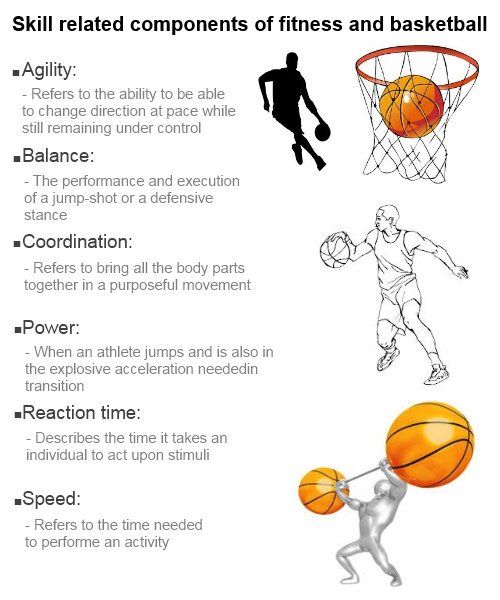
After passing to the wing, the point guard should cut for a possible return pass. If he passed back door, then he should cut to the corner. If he dribbled the ball to the wing cutting behind him into the key area, he should roll to the hoop, maintaining good spacing. It's also a good option for the point guard to simply keep the ball and continue driving to the hoop off of the decoy action provided by the wing cutter.
This drill will help the point guards develop a feel for what will work in each specific case. Give-and-go's and sudden pick-and-rolls also fit in with this drill if nothing good results from the initial attack at the wing. The drill continues until the offense scores or the defense gets a stop.
Pass and Screen Away
This basketball drill provides your point guards with practice in hitting a wing, setting an effective off-ball screen, and opening up after the cutter comes off of the screen. Many offenses feature this kind of motion from the point guard position.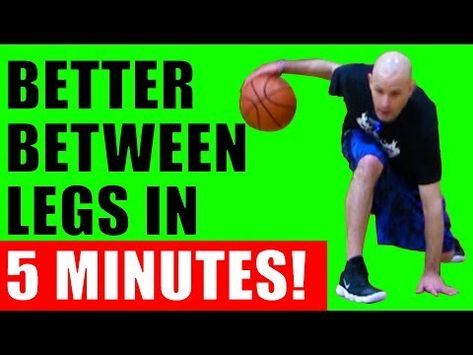
This drill works best with six players, three offense and three defense. Two wings start out a foot or two above free-throw line extended and outside the three-point line, and your point guard, with a ball, starts out a few feet above the top of the key. The wings do a 'V' cut to free up, and the point guard hits one of them. Then the point sprints into position to screen for the off wing's cut. The off wing cuts off of the screen, and the point guard opens up (using a drop step to seal his defender) to the wing passer in case the wing cutter was covered. Quite often, the point guard will have a wide open path to the hoop.
Though lots of moving screens go un-penalized, you should teach your players to set correct ones and your cutters to use them properly. Spacing and angles are critical. That's why doing this kind of drill is valuable; it features correct spacing and allows you to direct players to effective screening positions
We recommend that you start the drill as a "form" drill to establish the fundamental structure. Then, go "live" and allow the defense to do whatever they want to try to stop the play. Similarly, allow the offense to take advantage of any "cheating" by the defense. For instance, if the defender guarding the wing passer stands in the passing lane instead of in correct defensive position, the wing should simply drive straight to the hoop. If the wing defenders don't give on the V cut, then the wing should keep right on and the point guard should hit him for a lay-in.
Then, go "live" and allow the defense to do whatever they want to try to stop the play. Similarly, allow the offense to take advantage of any "cheating" by the defense. For instance, if the defender guarding the wing passer stands in the passing lane instead of in correct defensive position, the wing should simply drive straight to the hoop. If the wing defenders don't give on the V cut, then the wing should keep right on and the point guard should hit him for a lay-in.
Comprehensive Lay-in Drill
At the very least, you want your point guards to be able to shoot a basic lay-in with either hand. Really effective point guards can do much more. Being able to hit reverse lay-ins (with either hand from either side) and short hook/scoop shots makes such point guards almost impossible to stop on the drive and drastically reduces the chances that they will have their shot attempts blocked. Having lots of options makes up for the substantial height disadvantage that most point guards face when driving to the hoop. We recommend that you include plenty of reps in these advanced lay-in techniques for your point guards. Be sure to include attack angles from the baseline and straight-on as well as from the standard 45-degree angle. Any lay-in drill format that gets you lots of reps is fine; the key thing is for you to teach and focus on these advanced techniques so that your point guards end up with skills that they can rely on in a real game situation.
We recommend that you include plenty of reps in these advanced lay-in techniques for your point guards. Be sure to include attack angles from the baseline and straight-on as well as from the standard 45-degree angle. Any lay-in drill format that gets you lots of reps is fine; the key thing is for you to teach and focus on these advanced techniques so that your point guards end up with skills that they can rely on in a real game situation.
Perimeter Jumpers
All things equal, a point guard who shoots well from outside is about twice as hard to guard as one who doesn't. Therefore, you should have your point guards working daily on their perimeter shooting. There are all kinds of basketball drills that you can use for this purpose, but here's one that works on conditioning and inside-out principles, too.
Start with your point guard at an elbow with a ball. Have him pass to a player in the low block and then sprint out to the three-point line.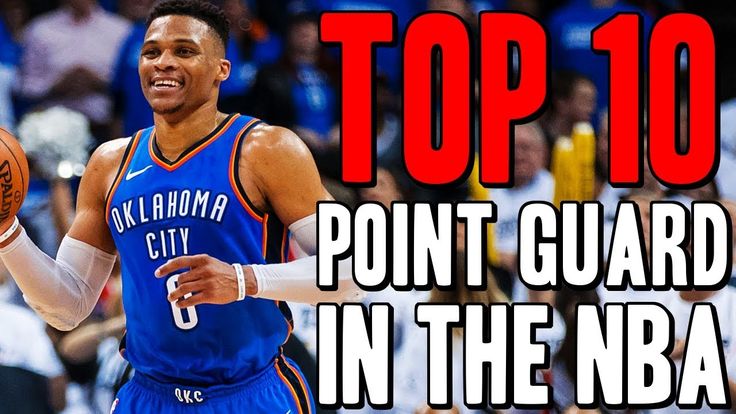 The low-block player will hit him for a jumper. After the shot, the point guard will sprint to an elbow and back out to the next perimeter spot. Meanwhile, the low-block player gets the rebound and hits the point guard for the next jumper. You can designate five spots per round, and then you can add an upfake-before-the-shot round, an upfake-and-power-dribble-before-the-shot round, and so on.
The low-block player will hit him for a jumper. After the shot, the point guard will sprint to an elbow and back out to the next perimeter spot. Meanwhile, the low-block player gets the rebound and hits the point guard for the next jumper. You can designate five spots per round, and then you can add an upfake-before-the-shot round, an upfake-and-power-dribble-before-the-shot round, and so on.
Be sure to include rounds moving in both directions. Charting results helps with focus and motivation.
What Else Can You Do to Develop Great Point Guards?
As we mentioned at the very beginning, there is a huge amount of ground to cover when you're working with point guard play. If you're interested in learning more on this critical topic and to get free basketball drills, be sure to look over the many great resources available at WinningDrills.com.
Individual actions in defense | Tactics of the game
The effectiveness of the game in defense depends mainly on the ability to correctly position yourself on the court in relation to the opponent you have to keep. The player must always be between his shield and the opponent. As soon as this condition is violated, the opponent will have access to the shield and the ability to throw into the basket.
The player must always be between his shield and the opponent. As soon as this condition is violated, the opponent will have access to the shield and the ability to throw into the basket.
The defending player has three tasks. First, keep the ball away from the player he is holding. This is a very difficult task that can be solved provided that the player knows his opponent’s tricks well, knows how to accurately determine the speed of the ball, has time to follow other opponents, has speed, etc. In order to be able to prevent the ball from reaching the enemy, you need to be closer to him.
However, it is physically very difficult to follow your opponent relentlessly throughout the game, so when holding a player, you need to proceed from the following position: as long as the opponent is in his backcourt, he is not dangerous, even if he takes possession of the ball, so it is recommended to stay no closer than 5-6 steps from him.
At the moment the player crosses the middle line, the distance decreases to 3-4 steps, when the opponent, after receiving the ball, can make a throw into the basket, one should be no further than 1-2 steps from him.
There may be other distance between the players, which mainly depends on the speed of movement of each of them. The more speed advantage the holding player has, the closer he can be to the opponent.
Thus, interception of the ball is practically used mainly when the defender is in close proximity to the opponent. The player's actions must be decisive and fast. The slightest delay can lead to the fact that, having failed to intercept the ball, he will miss the opponent. On fig. 52 shows how a defender (in a striped jersey) made a well-timed dash from behind the opponent and intercepted the ball.
The second task of the defender is to prevent the opponent with the ball from reaching the backboard. These positions are very common in the game, and if the players do not know how to take the correct defensive position, then the enemy will always have an advantage. The defender must always be on bent legs. One hand, as a rule, is exposed to the side-down to interfere with the dribbling, and the other is directed forward or forward-up to insure the possibility of throwing into the basket (Fig. 53a).
53a).
The more mobile the defender is, the more chances he has to take possession of the ball. Movement should be carried out with an attached (boxing) step, which provides better stability and balance (Fig. 536, b, d). The indicated position for defense players is inherent in the best basketball masters. Crossing of the legs should be avoided. In no case should the defender rush towards the pass, because the pass may be deceitful, and then, by making a jerk to the side, the defender will make room for the opponent to pass from the other side. The same will happen if the ball is actually passed. Having made an attempt to intercept the ball, the defender misses the opponent, who, using this moment, breaks away from the defender. Thus, when the opponent dribbles, you should attack him in order to take the ball away or at least stop the advance. After the dribble is over, the defender can act much more boldly, approaching close to the opponent, as the latter is forced to free himself from the ball in a position that is not favorable for himself.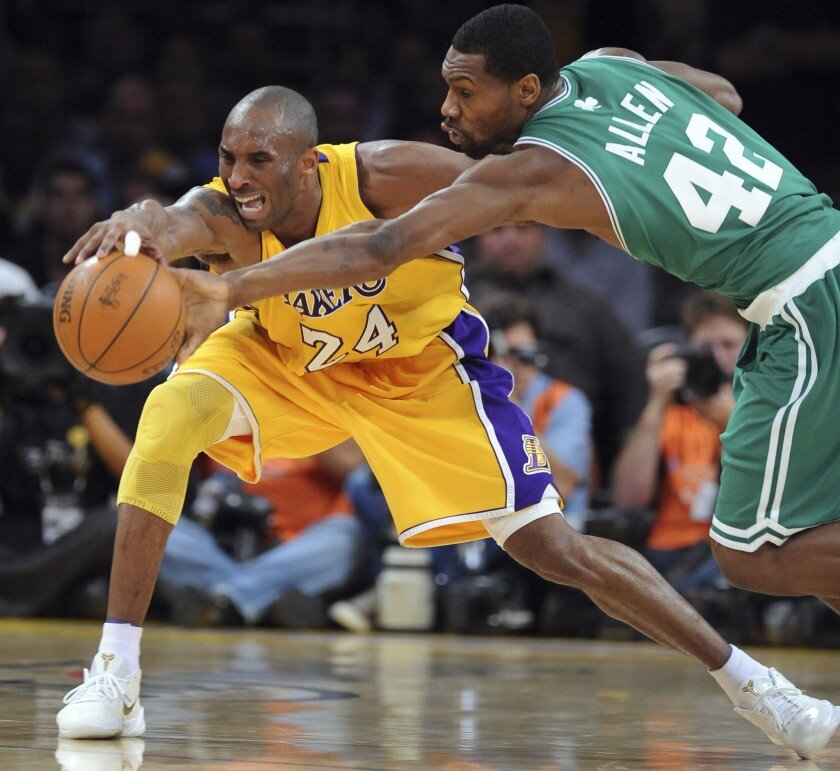 He is bound by the rules of the game, which prohibit re-driving.
He is bound by the rules of the game, which prohibit re-driving.
The most difficult moments for a defender are those moments when he is alone against two opponents. The first thing he should strive for is to slow down their movement. Then, by applying deceptive actions to the player with the ball, he can force him to stop, after which he needs to retreat to the second opponent, insuring the transfer of the ball to him.
The player who received the ball is much more dangerous. He can both dribble and shoot, so the defender must be extra vigilant in these situations. If the attacker is located with his back to the defender, then the best position is a semi-squat position with arms spread apart (Fig. 54).
In addition to directly observing the player who has to be held, it is also necessary to keep an eye on other opponents in order to avoid the screening by timely stepping back or to the side.
Finally, the third task of the defender is to counter shots to the basket. The defender must be positioned in such a way that his torso and arms prevent the throw at all times. On fig. 55 shows how the defender, being in the correct position, tightly closed the opponent, not giving him the opportunity to make a throw into the basket. A jump to intercept the ball is allowed only at the moment when the ball is separated from the hands of the opponent.
The defender must be positioned in such a way that his torso and arms prevent the throw at all times. On fig. 55 shows how the defender, being in the correct position, tightly closed the opponent, not giving him the opportunity to make a throw into the basket. A jump to intercept the ball is allowed only at the moment when the ball is separated from the hands of the opponent.
The best trick in basketball
Nikita Yamshchikov, founder of Ball In
@nikyamschikov
One of the most popular questions especially among young basketball players: what is the best trick to beat all the defenders?
I have already touched on this topic in the video. Now I decided to answer the question in detail in this article.
The same video. Take a look - it will be useful.
First, let's understand: what is a trick? When you planted your defender, ran away from the second and missed the free throw from under the ring - did you make a run? And if you scored with resistance from the average - did you beat it?
The main task in basketball is to score more points than the opponent.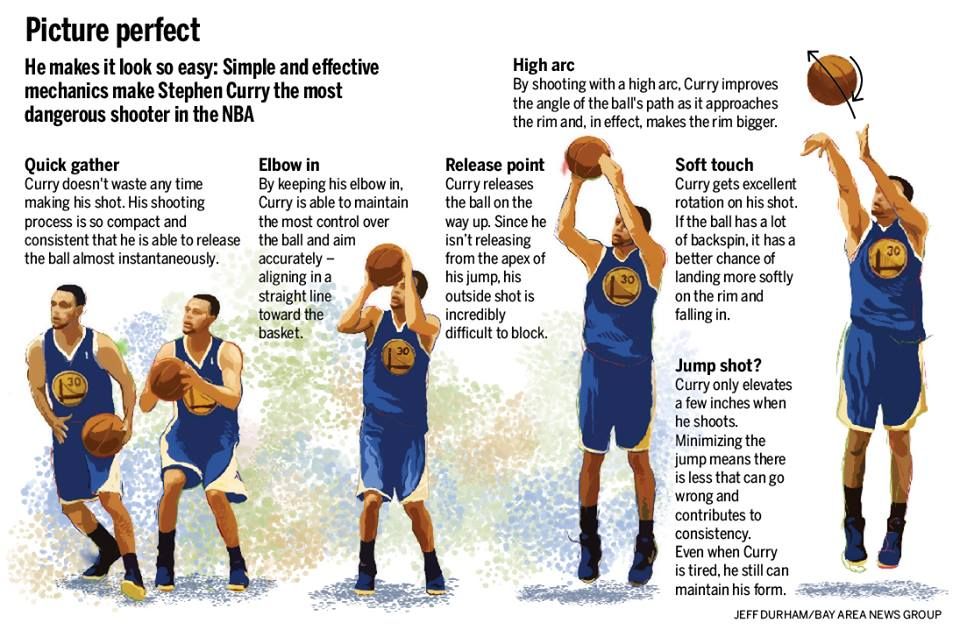 Therefore, a beat is when you hit the ring. A detailed discussion of the topic is in another article.
Therefore, a beat is when you hit the ring. A detailed discussion of the topic is in another article.
What is actually a beat in basketball?
Go to article
Starting from this understanding of the play, we find that the first and best move is the throw. If the defender is standing far away from you and does not think to approach, the best solution is to score the ball right away. No need to complicate. The only thing you should not immediately throw into the ring if you got the ball a meter away from a three-pointer, and in training you somehow score 5-6 out of 10 from the average.0003
Work on your throw. Then you will become a headache both for the 1v1 defense and for the entire opposing team.
The constant threat of an accurate throw from a distance makes the defender get closer to you. Thanks to this, it will be easier to beat him in the aisle than if he was standing a couple of meters from you.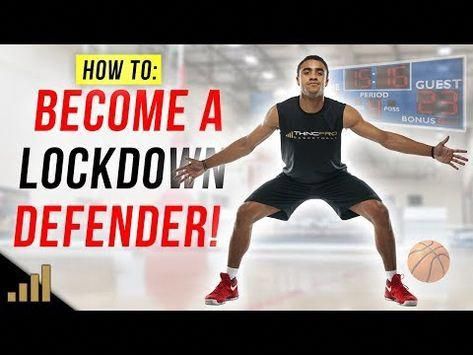 Also, the constant threat creates pressure on the defense: the opponent cannot turn off even for a second, because otherwise he will receive points in his basket. As a result, the defense will spend more energy and get tired faster.
Also, the constant threat creates pressure on the defense: the opponent cannot turn off even for a second, because otherwise he will receive points in his basket. As a result, the defense will spend more energy and get tired faster.
Look at Lillard and Curry and how the defense has to work with them is the best example of these words.
The constant threat of an accurate throw from a distance makes the defender get closer to you. Thanks to this, it will be easier to beat him in the aisle than if he was standing a couple of meters from you. Also, the constant threat creates pressure on the defense: the opponent cannot turn off even for a second, because otherwise he will receive points in his basket. As a result, the defense will spend more energy and get tired faster.
Look at Lillard and Curry and how the defense has to work with them is the best example of these words.
Let's say that the defender does not move away and we need to start dribbling. What is in this case? What is the best move to beat him?
What is in this case? What is the best move to beat him?
Let's go in order. Beat = score. So we have to create a situation for our best and accurate shot with the help of dribbling. That is, they must shift the defender somewhere and get space. Now it's getting easier.
To move the defender, we need to make him move and change the speed or direction of movement. We will change both of these things earlier, because the enemy does this only after reacting to our action. That is, you run with the ball, the defender is nearby. First you stop, only then the defender. And while he stops, a space forms between you and the defender. Change of direction works the same way.
Even if you look at all the famous movements of the stars: Iverson's crossover (change of direction), Harden's or Doncic's stepback (stopping and changing direction from forward to backward). They come down to these simple things.
It turns out that there is no one best move. It's just that someone does a better crossover, and someone does a stepback. It all comes down to simple principles.
It's just that someone does a better crossover, and someone does a stepback. It all comes down to simple principles.
Do you want to beat any defender? Learn to change direction and speed. Do it quickly and in different ways to make it harder to read you. And of course work on the throw and finish. Without the ball hitting the basket, no other movement makes sense.
Do you want to learn how to beat,
improve your throw and finishes?
Try our new course LVL UP
Like this article? Share with your friends!
5 reasons why you won't get better over the summer.
9 out of 10 basketball players will do this. If you don't want to be one of them, read the article
How to score 50+ points?
Interview with Polina Matushkina, ASB record holder and player of KOR PK ASB, "Nika" women's Superleague-1 teams.
Interview with Maria Vadeeva
Captain of the Russian women's national team, player of LA Sparks WNBA and UMMC Yekaterinburg
How did Luka Doncic get into the NBA?
Basketball story of a talented Slovenian
Why do yoga in the NBA?
The story of Miles Turner, Indiana Pacers center
5 facts about Zion Williamson that will surprise you
I can do everything in training, but can't beat me in the game?
Understanding what to do and how to deal with it
The greatness of Michael Jordan in 5 matches
A selection of games of his airiness
What is actually a basketball game?
The truth about dribbling, possession and shooting.